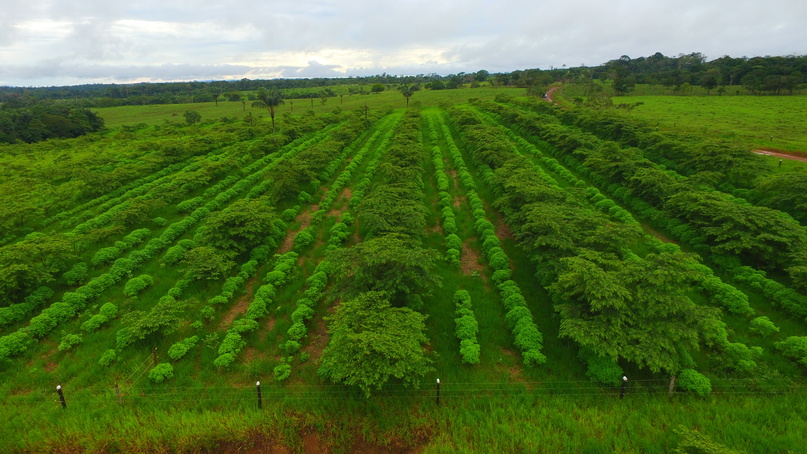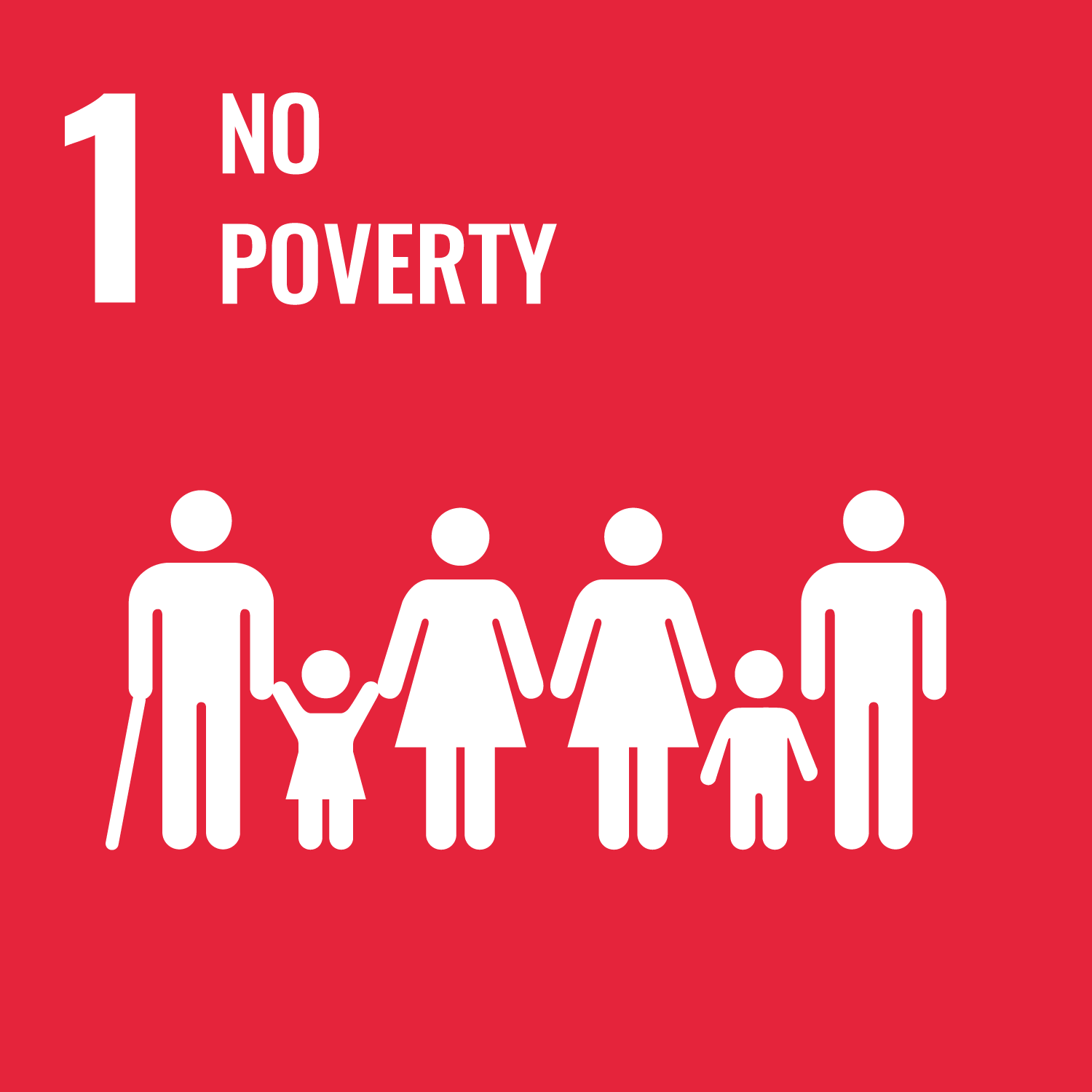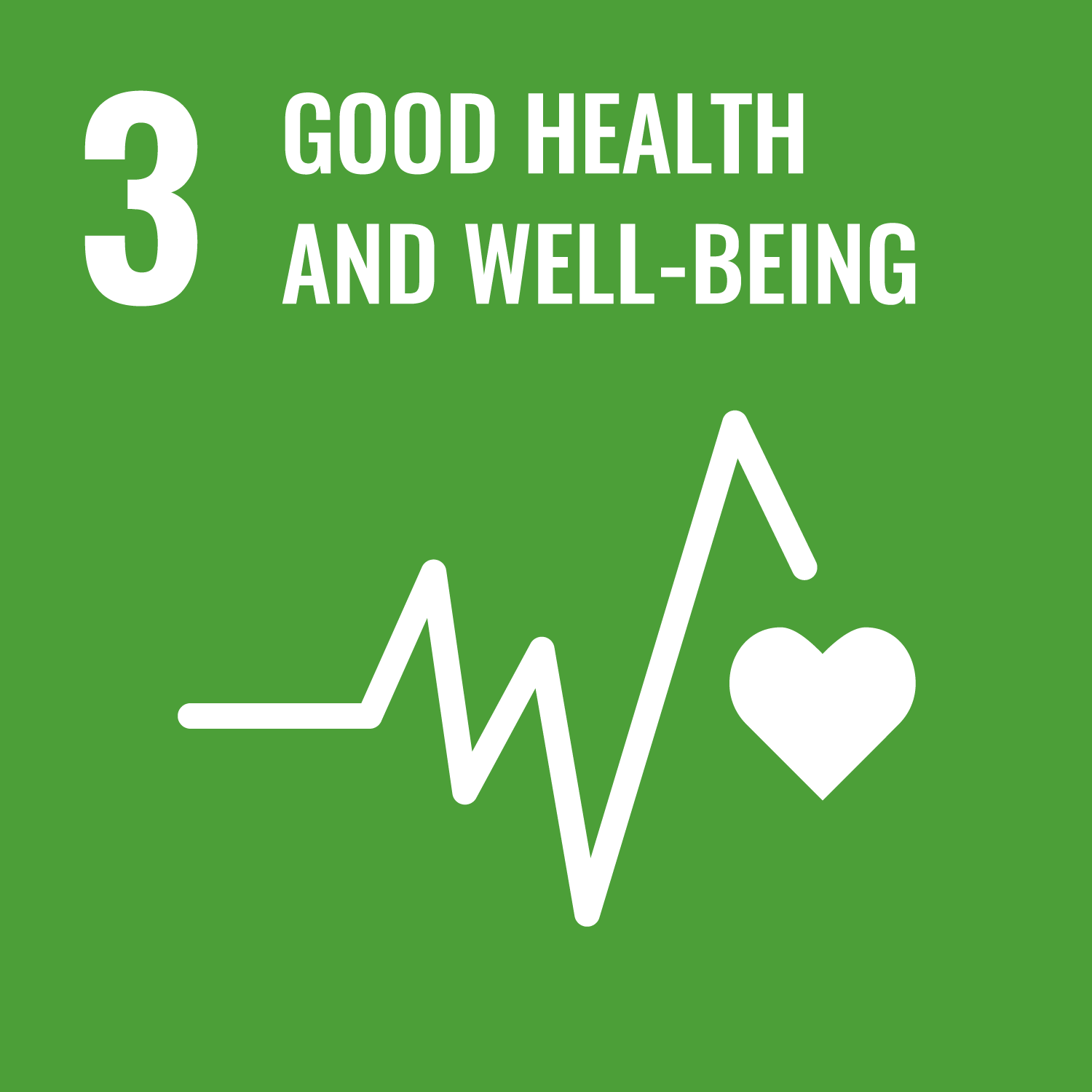More outreach needed for uptake of forest landscape restoration in South America—webinar
22 October 2021

A silvopastoral system, as practised on a farm in Palmarito, El Retorno, Guaviare, Colombia. Photo: © Adolfo Galindo/Walter Galindo
Yokohama, 22 October 2021: Outreach and strategies for income diversification and monitoring are crucial for fostering landscape restoration in Latin America and the Caribbean, according to participants at a recent webinar co-hosted by ITTO and the Tropical Agricultural Centre for Research and Education (CATIE).
The webinar, which was held on 23 September 2021, was the third in a planned series of training events worldwide on forest landscape restoration (FLR) designed to increase awareness and understanding of ITTO’s Guidelines for Forest Landscape Restoration in the Tropics. It was attended by about 90 restoration experts from more than a dozen countries in the region and featured speakers from CATIE, the Center for International Forestry Research (CIFOR), World Agroforestry (ICRAF), the International Union for Conservation of Nature (IUCN), RESTOR (a restoration platform) and the Peruvian non-governmental organization AIDER.
CATIE’s Roger Villalobos said that FLR needs to be planned and organized at the landscape scale and not in forested areas alone (in line with principle 1 of FLR, “focus on landscapes”), requiring consensus-building and good governance processes. “Restoration aims to recover essential ecosystem functions and services for interested groups,” he said. “Prioritizing areas to be restored must consider the legal, sociocultural and financial viability of the proposed interventions.”
ICRAF’s Valentina Robiglio presented a landscape restoration experience in Padre Abad (Ucayali) in the Peruvian Amazon, where a participatory process with multiple stakeholders at the local and municipal levels generated integrated plans for landscape-scale restoration and productive land-use systems. The restoration approach includes an income diversification strategy in which the aim is to use species and restoration designs in ways that achieve synergies between restoration, conservation and climate-change mitigation and adaptation.
RESTOR’s Daniella Schweizer illustrated the application of FLR principle 2 (“engage stakeholders and support participatory governance”) in a case study in Brazil. Challenges encountered in the case study related to sociocultural issues, governance, the high costs for implementation and the lack of existing rural extension. Strategies proposed by stakeholders included the introduction of productive restoration, a favourable legal environment, and the provision of rural extension services. Keys for improving landscape governance were the development of regulations that “break down” sectoral silos, secure land tenure, the use of multisectoral platforms, the equitable distribution of costs and benefits, and cultural incentives.
IUCN’s Matias Piaggio presented on economic aspects of FLR in the face of climate change. He noted that there is clear evidence that FLR can be a cost-effective solution to climate-change mitigation and adaptation.
AIDER’s Marioldy Sánchez described an FLR experience with Amazonian indigenous communities. These communities see restoration as part of a holistic territorial-scale proposal within a paradigm of “good living”. Ms Sánchez stressed the importance of forging strategic multistakeholder alliances.
CIFOR’s Manuel Guariguata focused on monitoring, touching on FLR principles 2 (“engage stakeholders and support participatory governance”) and 6 (“manage adaptively for long-term resilience”). He noted that monitoring must be collaborative and adaptive and pointed out that principles 2 and 6 are often ignored in restoration design and implementation.
CATIE’s Marianela Arguello highlighted the strategic relevance of communication for achieving social agreements, which is the basis for implementing FLR. She underlined the importance of tailoring communications according to the audience and listening to all parties.
Other themes addressed at the webinar included the identification and selection of interventions for restoration with a landscape approach and the relevance of secondary forests in the restoration of tropical forest landscapes.
A major recommendation arising from the webinar is the need to enhance outreach for the uptake of FLR, as expressed by Marioldy Sanchez.
“In general, many communication tools are developed in the final stages of FLR initiatives which quite often do not invest in outreach,” she said. “Dissemination is not enough to guarantee the transfer of knowledge to key stakeholders, many of whom often have internet access limitations and cannot participate in workshops or events to socialize the tools. More adequate dissemination strategies to consider would be, for example, alliances with civil-society organizations, professional associations and universities that operate at the subnational level and have direct ties with actors and could more easily transfer information.”
Overall, webinar participants agreed that, given the highly complex policy, institutional, financial and technical challenges of FLR, tools such as ITTO’s Guidelines for Forest Landscape Restoration in the Tropics are essential for implementation in the region’s vast range of contexts.
“The [guidelines] are a pioneering effort to operationalize the six principles of FLR,” said Manuel Guariguata. “Even though the concept of FLR is more than two decades old, putting it into practice has not been easy as FLR is inherently a multiscalar, multisectoral and multitemporal process. The guidelines are an important step in advancing the design and implementation of FLR. The next step would be to validate its applicability in the field and examine how the different actors involved perceive its practical utility and what gaps should be filled in or which aspects should be corrected.”
“The effort to create a guide on the application of the FLR principles using a project management framework to operationalize them seems to me fundamentally important,” said Danielle Schweizer. “The ITTO Guidelines for Forest Landscape Restoration in the Tropics is the first clear and unspoken result to attempt this. The case studies to illustrate the application of the principles and guiding elements help immensely to move from theory to practice and to understand how FLR initiatives have managed to successfully comply with some of the principles. Similarly, users of the guide may see that it is difficult for a project to comply with all the principles correctly, but that a first step is to try and be aware that these principles and these guides exist to support project managers.”
The webinar recording (in Spanish) is available at https://youtu.be/vm_ESTWi-5A
Download the Guidelines for Forest Landscape Restoration in the Tropics and its policy brief
Download the FLR webinar South America presentations summaries and programme (Spanish only)


